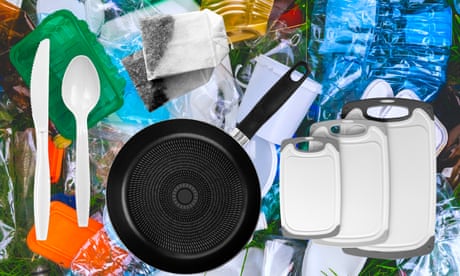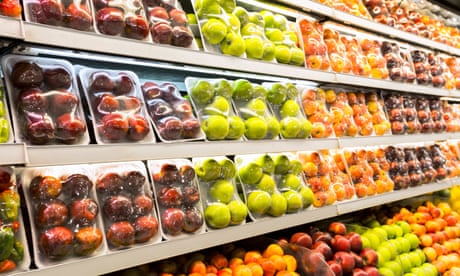Amazon is once again demonstrating that buying things in today’s world does not mean you actually own them. The company is closing a loophole that enabled owners of Kindle books to strip them of their anti-piracy protection and take them elsewhere.
Some avid digital books enthusiasts prefer other e-reading applications to Amazon’s Kindle—perhaps because another e-reader has a better color screen or other features not present on Kindle. The “Download & transfer via USB” tool was an old Kindle feature that allowed owners of e-books purchased through Amazon to be downloaded and transferred to another Kindle without using WiFi or Bluetooth. Clever individuals found that some older e-books used a file format with security measures that are easy to circumvent, meaning they could use the tool alongside other hacks to successfully transfer their books elsewhere. Now, books purchased through Amazon are effectively stuck there.
[…]
A standard security format would enable books to be transferred while protecting copyrights, but Amazon does not have an incentive to go with that.
That has, of course, been great for Amazon. The company was early into the e-book industry and the Kindle is synonymous with e-books; it accounts for 70% of the market. If you have a large collection of books you have purchased on Kindle, you kind of have to stay in its ecosystem. Furthermore, some books are only available on Amazon’s marketplace, and the company will always match the price of competing marketplaces since it really makes its money off the ads littering the site these days. While Amazon does have a monopoly in digital books, it would likely argue it is not a monopoly in the broader book category as Barnes and Noble sees a resurgence in popularity.
Users on sites like Reddit have shared workarounds over the years to take their purchased books elsewhere, but it has been something of a cat-and-mouse game, with successive updates by Amazon closing loopholes.
[…]
Source: Amazon Is Making It Harder to Move Your E-Books Around


